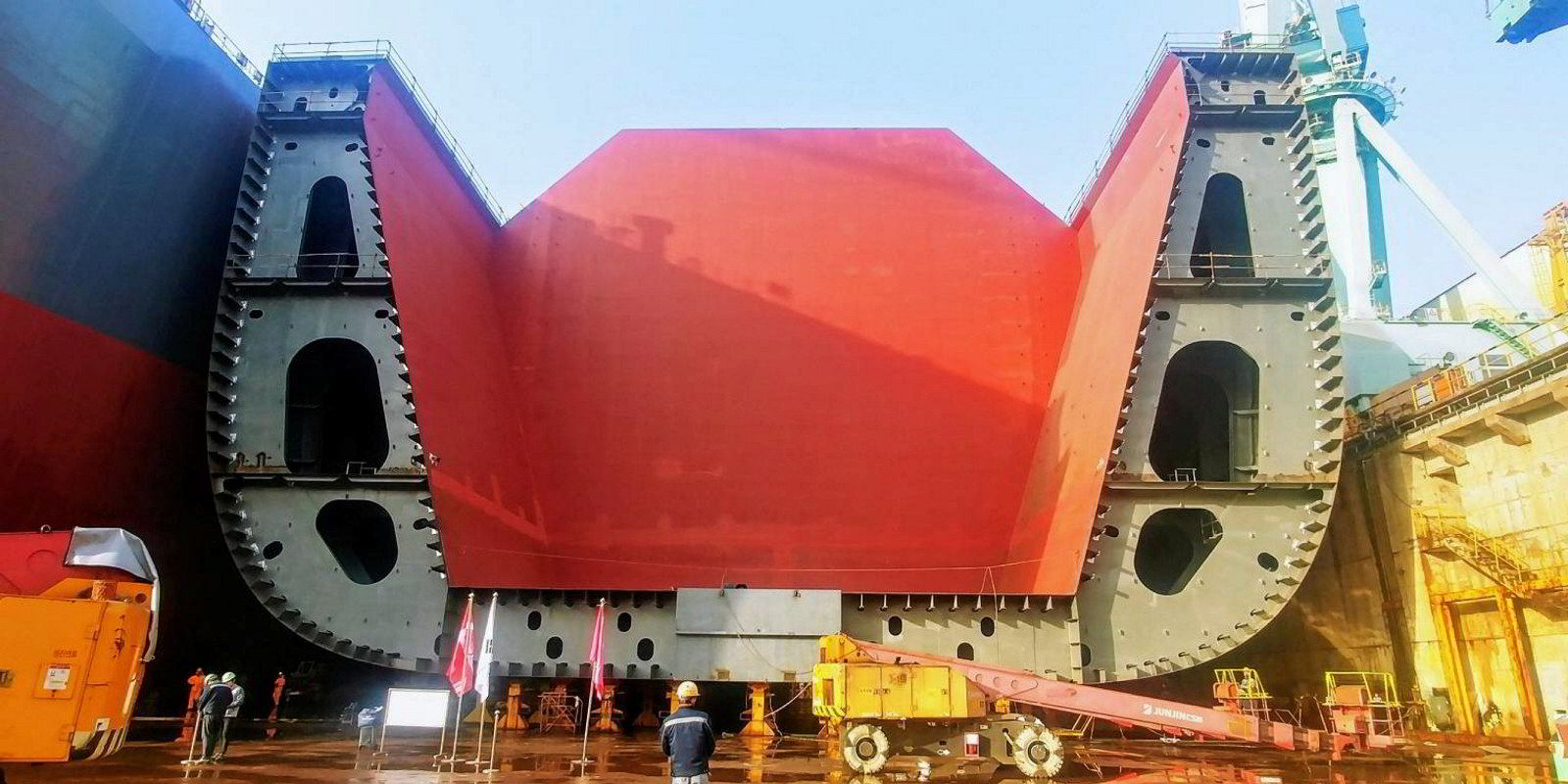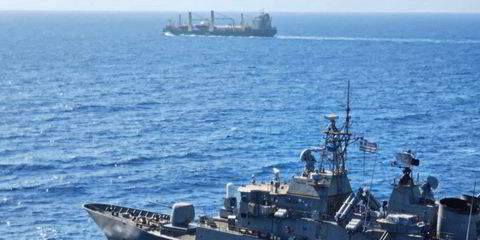The price of an LNG carrier newbuilding is edging up towards $200m because of steel price rises, currency weakness and the higher cost of equipment.
Brokers said levels have climbed by $10m to $15m this year after hovering about $185m for four years.
One senior expert said prices are currently around the mid-$190m level, but extra features to improve efficiency would push this to the high-$190m level and above.
Another, who recently helped conclude an order, said prices had already tipped over the $200m mark.
Shipbrokers cited the rise in the price of steel, which has affected newbuilding costs across all ship types. The weak US dollar is another factor.
Equipment manufacturers are also said to have pushed their prices higher on the back of the huge number of orders expected from Qatar, which has reserved more than 150 berths.
The price increases come as some LNG shipowners start to take a fresh look at newbuilding berths.
TradeWinds reported in April that Danish shipowner Celsius Shipping had been in talks with shipyards for up to four berths.
Chairman Jeppe Jensen admitted to LNG “growth ambitions” when asked about the company’s interest, without saying more. Celsius is said to remain undecided on the ships at present.
Minerva Marine and Capital Gas are also understood to be showing interest in LNG carrier berths.
Newbuilding brokers said quite a few owners have been eyeing up LNG slots for some time. They said some still retain options that they must make decisions on, as yards are not offering extensions in light of alternative high-margin containership business they can get in place of LNG newbuildings.
Going into 2021, market players were somewhat spooked by the prospect of more than 50 newbuilding deliveries that were planned for this year, a chunk of which were unfixed.
But the year began with a bang and charterers were caught out by the demands of the cold winter in Asia, which sent them scrambling to fix spot ships at record rates.
To avoid a similar situation next winter, charterers have been mopping up the bulk of that unfixed speculative tonnage, with brokers and consultants quoting just four or five vessels as remaining without contracts.







